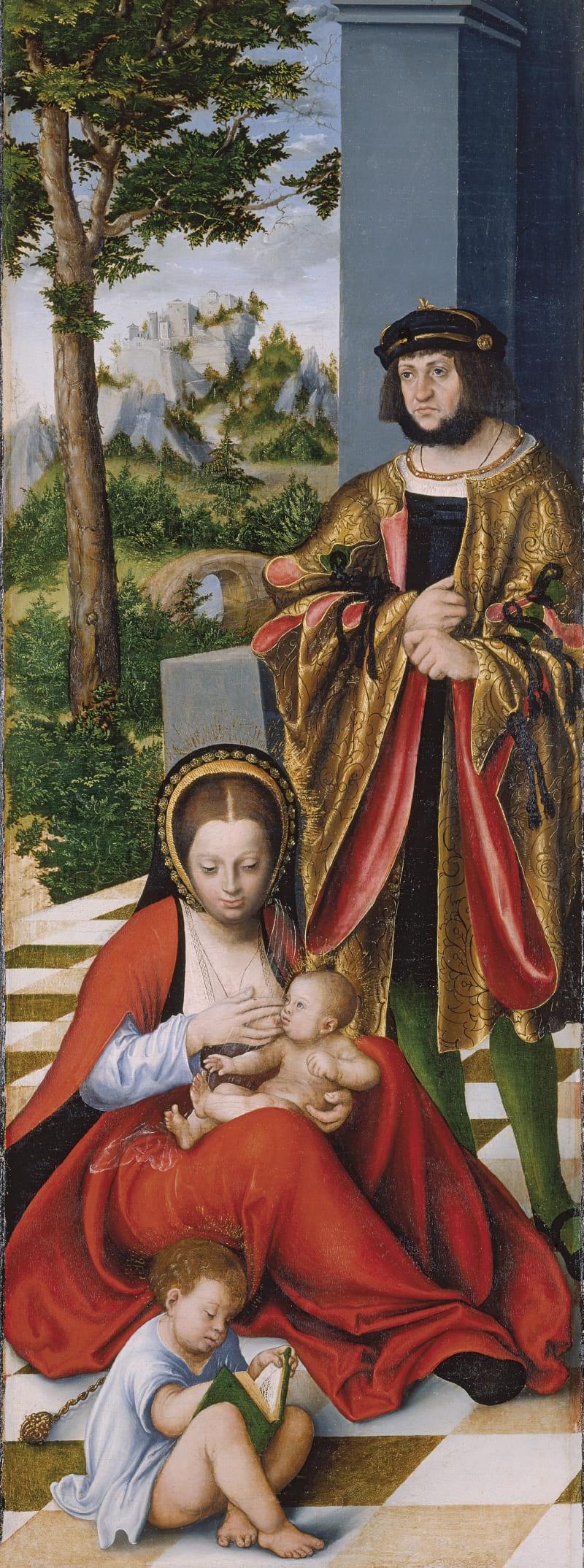
Figure 1.--The painting by Lucas Cranach the Elder is part of a triptych, explaining its veryical domensions. It is a depiction of the Holy Kinship (the extended family of Jesus). It was painted 1509, just before Luther launched the Protestant Reformation. This part of the triptych depicts Mary of Cleophas (John 19:25) who, according to a tradition, is regarded as a step-sister of the Virgin Mary (an early Christian tradition recognizes oachin as the father of the Virgin Mary). Mary of Cleophas would have been the mother of James and Joses (Mark 6:3) who wouldn't have been brothers of Jesus, but his cousins. Her husband would have been Alpheus. Among the Apostles there is James of Alpheus (Mark 3:18); he would be James the brother of the Lord (Galatians 1:19), son of Alpheus and Mary of Cleophas. According to this tradition, the painting depicts Mary of Cleophas with her husband Alpheus and their children James and Joses. Alpheus is pasinted swuth tghe features of Frederick the Wise, who at the time was a fervent Catholic, but later became the great defender of Luther. Mary of Cleophas is breastfeeding Joses, in her arms, while James, at her feet, wears a long shirt as only garment. Alpheus and Mary are clothed as wealthy people at the time. While these paintings depict Biblical personages, they re of interest to dashion historians because they are clothed in contemprary garments. |

